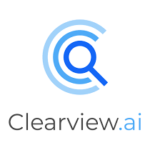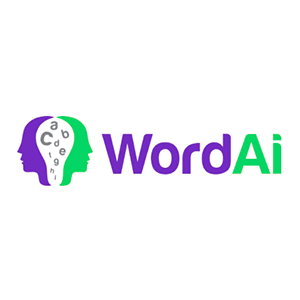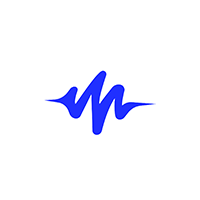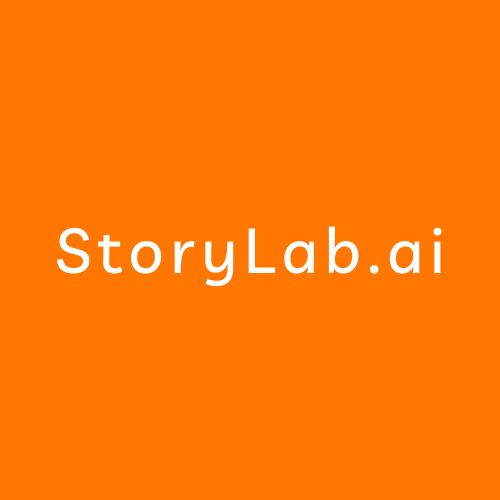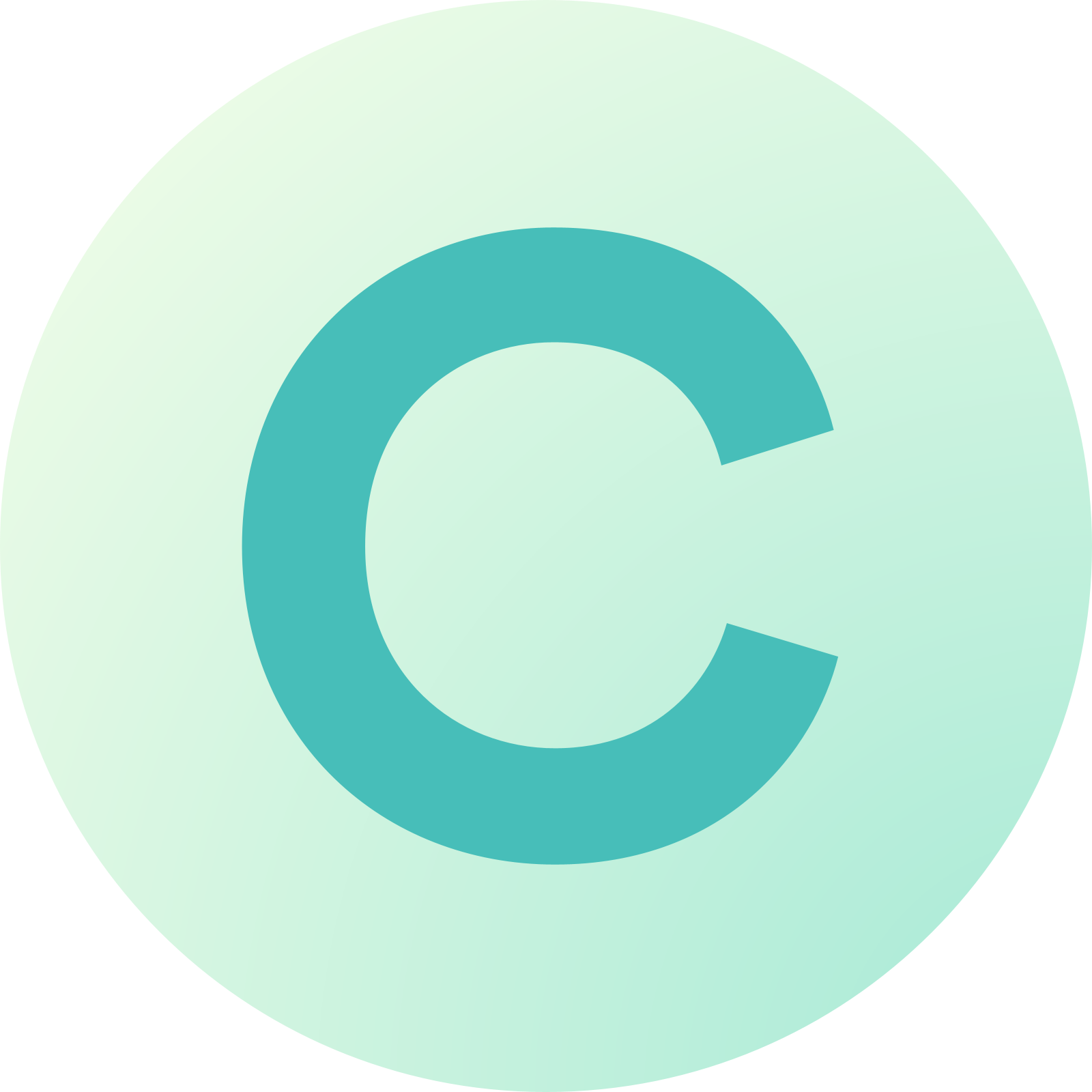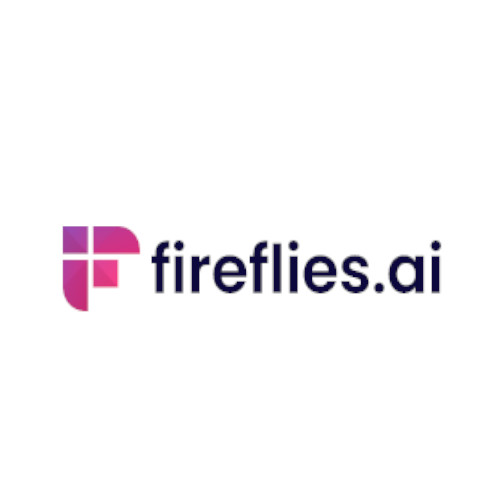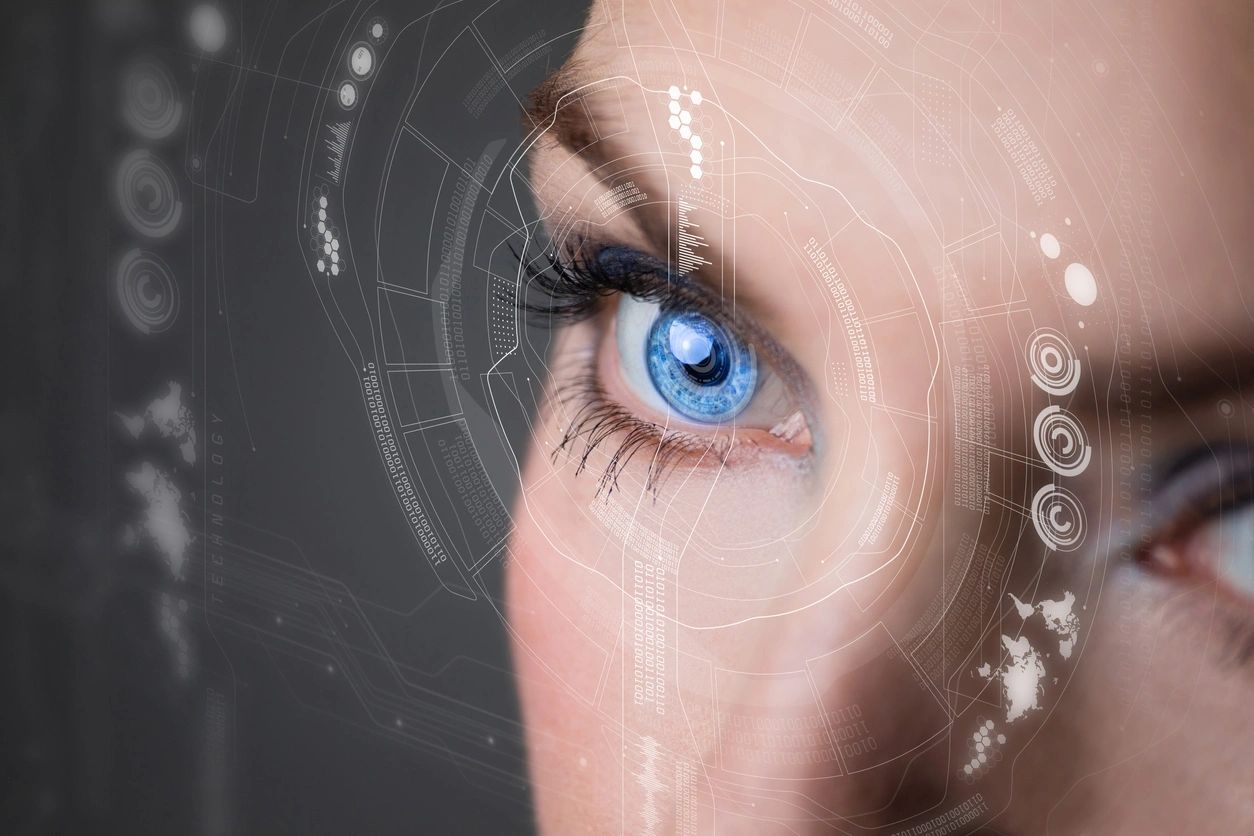Microsoft is aiming to revolutionize Window by integrating generative AI technology into its ecosystem, launching Copilot+ PCs as flagship hardware alongside powerful features like Recall.
At its Build developer conference, Microsoft unveiled Copilot+ PCs, which feature dedicated NPUs for AI experiences like Recall. This move signifies a shift towards AI-first computing, with Intel and AMD onboard to produce processors for these devices in partnership with leading manufacturers.
Groundbreaking Features
Windows Volumetric Apps are set to revolutionize VR experiences on Meta Quest headsets, allowing for immersive interactions in a 3D environment. Additionally, Recall brings a unique capability to Windows 11, enabling users to effortlessly retrieve past content and applications.
The latest Surface devices boast enhanced performance and battery life, with redesigned Surface Laptops and Surface Pros offering improved speed and display quality. These devices set a new standard for productivity and innovation.
Microsoft is integrating AI throughout Windows, with features like Super Resolution for image restoration and Live Captions with live translations. This AI integration extends to Team Copilot, empowering collaboration and productivity in platforms like Teams, Loop, and Planner.
Windows Copilot Runtime
Facilitating Recall and other AI-powered features is the Windows Copilot Runtime, comprising a collection of generative AI models. This runtime layer enables AI-powered applications to run locally on Copilot+ PCs without the need for constant internet connectivity.
Microsoft is empowering developers with tools, facilitating the creation of AI-driven applications tailored to specific workflows and tasks. Additionally, Qualcomm’s Snapdragon Dev Kit provides developers with a powerful platform for building apps for Arm-chip-packing Copilot+ PCs.
Advancements in AI Models
Microsoft introduces Phi-3-vision, a new addition to its generative AI model family capable of visual analysis and reasoning tasks. This model, along with text-based counterparts, offers unprecedented capabilities for AI-driven applications.
Partnering with Khan Academy, Microsoft aims to improve AI-powered tools for math tutoring by providing access to cloud compute infrastructure. This collaboration highlights Microsoft’s commitment to leveraging AI for educational purposes.
In summary, Microsoft’s efforts to integrate generative AI into Windows and its hardware ecosystem represent a significant leap forward in computing technology, paving the way for innovative and immersive user experiences across various applications and industries.
See also: Amazon Clarifies Nvidia Chip Orders: No Halts, Just An Upgrade






